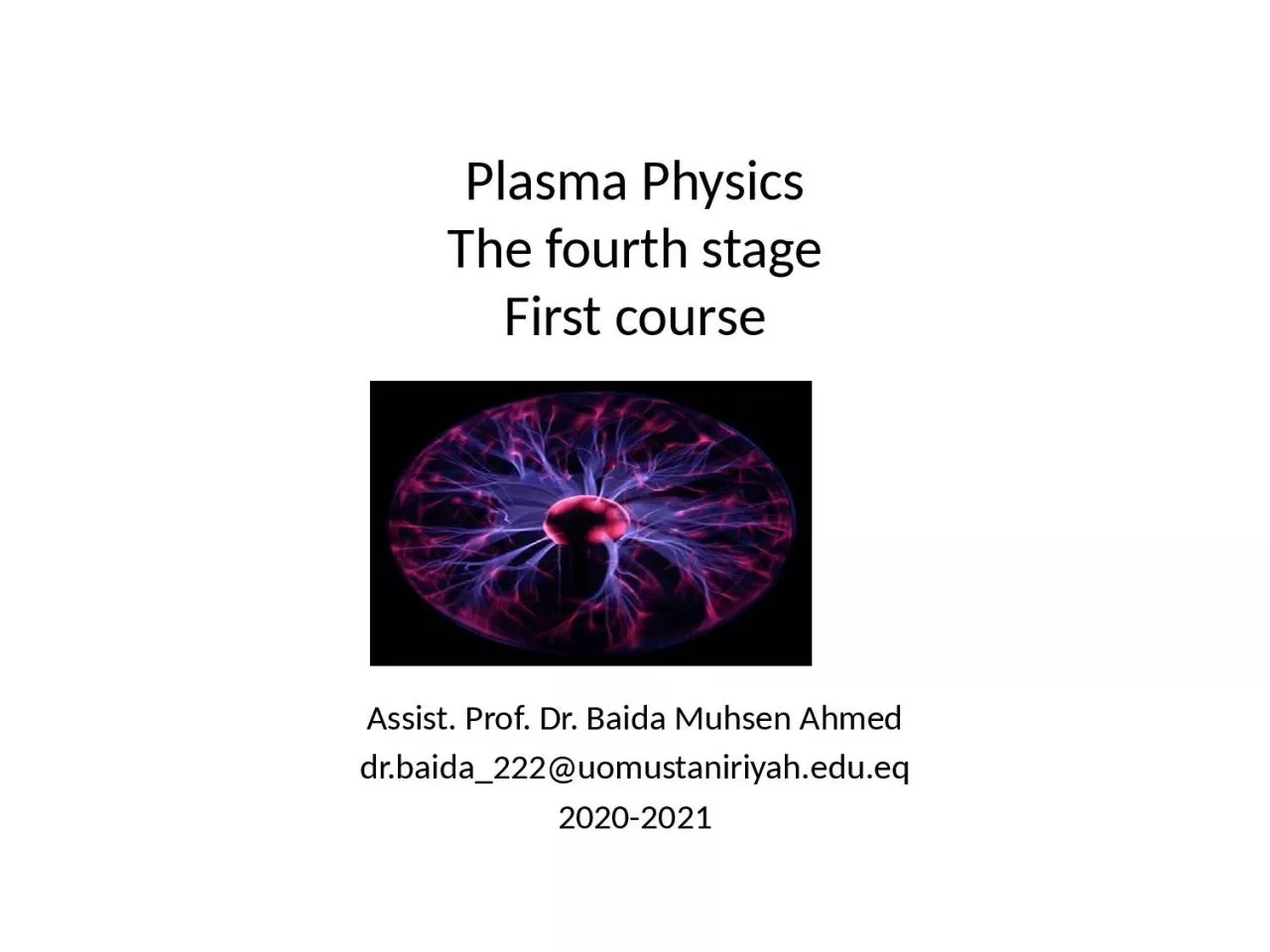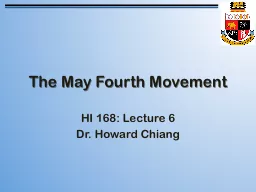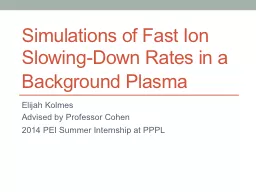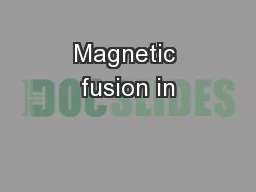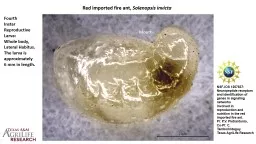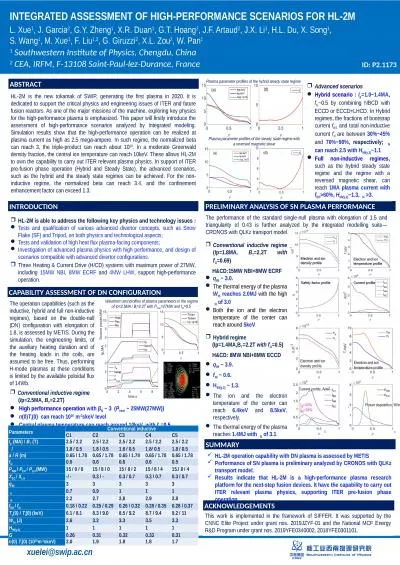PPT-Plasma Physics The fourth stage
Author : freya | Published Date : 2023-07-27
First course Assist Prof Dr Baida Muhsen Ahmed drbaida222uomustaniriyahedueq 20202021 WHAT IS A PLASMA Langmuir in 1928 is the first one introduced the word
Presentation Embed Code
Download Presentation
Download Presentation The PPT/PDF document "Plasma Physics The fourth stage" is the property of its rightful owner. Permission is granted to download and print the materials on this website for personal, non-commercial use only, and to display it on your personal computer provided you do not modify the materials and that you retain all copyright notices contained in the materials. By downloading content from our website, you accept the terms of this agreement.
Plasma Physics The fourth stage: Transcript
Download Rules Of Document
"Plasma Physics The fourth stage"The content belongs to its owner. You may download and print it for personal use, without modification, and keep all copyright notices. By downloading, you agree to these terms.
Related Documents

